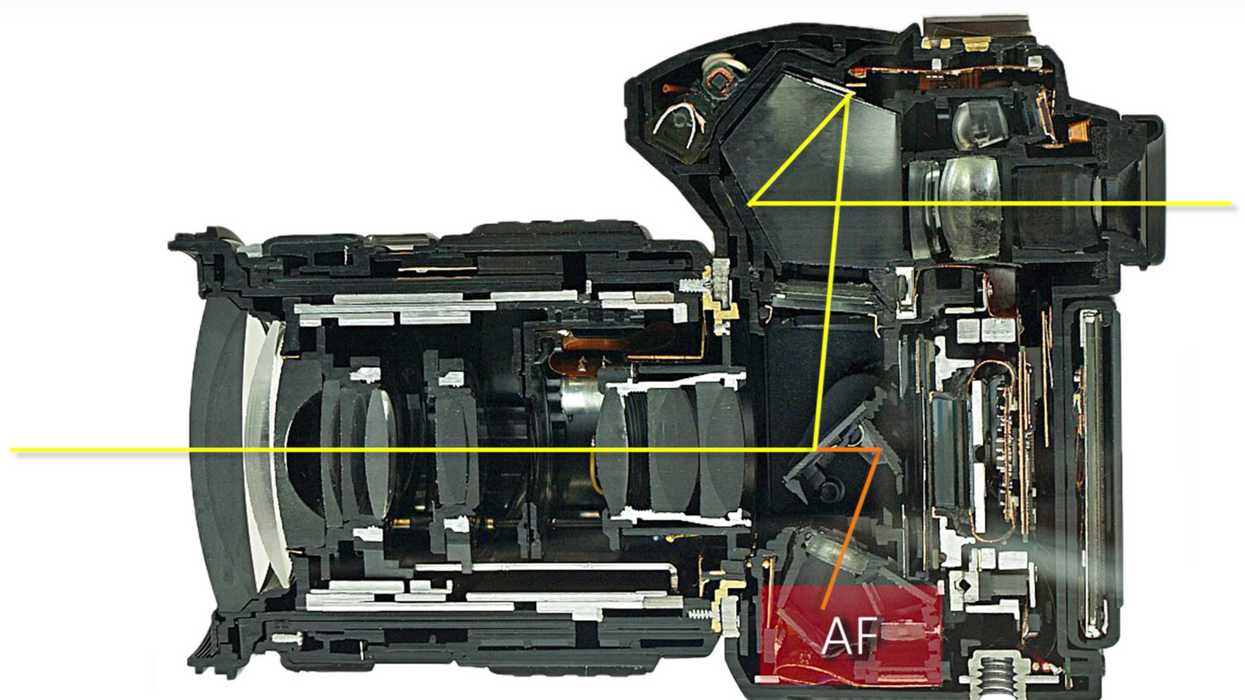How Does Autofocus Work? Let This Short 4-Minute Video Explain
How exactly does a DSLR camera's autofocus work, and what's the deal with AF points?

If you're like me, you probably think that your camera's autofocus system is fueled by magic and prayers, because, if you're like me, you have no idea how any of that technical camera shtuff works. ("Don't ask me how it works. I just push the AF button and let it ride! ") However, you might be delighted to learn that it's really not as complicated or mythological or Harry Potter as you previously thought, especially after watching this short and surprisingly easy to follow video from ZY Productions, in which you get to learn about how optical elements, mirrors, dual cross-type AF points, and all that junk somehow tells your camera what to focus on.
Look, I know this video does a great job of breaking down autofocus so a dolt like me can understand it, but I'm still gonna give it the ol' potentially needless further explanation just in case you're peeping this at work, or at school, or at a wedding, or somewhere equally inappropriate.
This essentially how it works. When light enters your camera through the lens, a mirror reflects it upwards to allow you to see your image through the viewfinder. However, if you have an autofocus module in your camera, a translucent section of the mirror allows a small bit of light through. A second mirror then reflects the light downward toward the autofocus sensor.
But before that image actually reaches the AF sensor, optical elements split it in two. Your DSLR's phase detection technology basically tries to converge the two images until they appear to be one, and when they are, your image is "in focus." In other words: double image = not in focus, single image = in focus.
You might be saying, "Yeah, that's great. But sometimes my autofocus doesn't work. What gives?" Well, there's a reason for that. Different cameras have different autofocus points: vertical, cross-type, and dual cross-type. Vertical AF points take a vertical section of your image and split it vertically, so if you're trying to focus on an image that has vertical lines, it won't be able to detect how far apart the two images are.
This is where cross-type and dual cross-type come in. Cross-type AF points split your image vertically and horizontally, making it easier to detect how close the images are. Dual cross-type AF points add yet another axis, splitting your image vertically, horizontally, and diagonally for even higher hit rates.
So, there you go! See, it wasn't that complicated.
Source: ZY Productions











